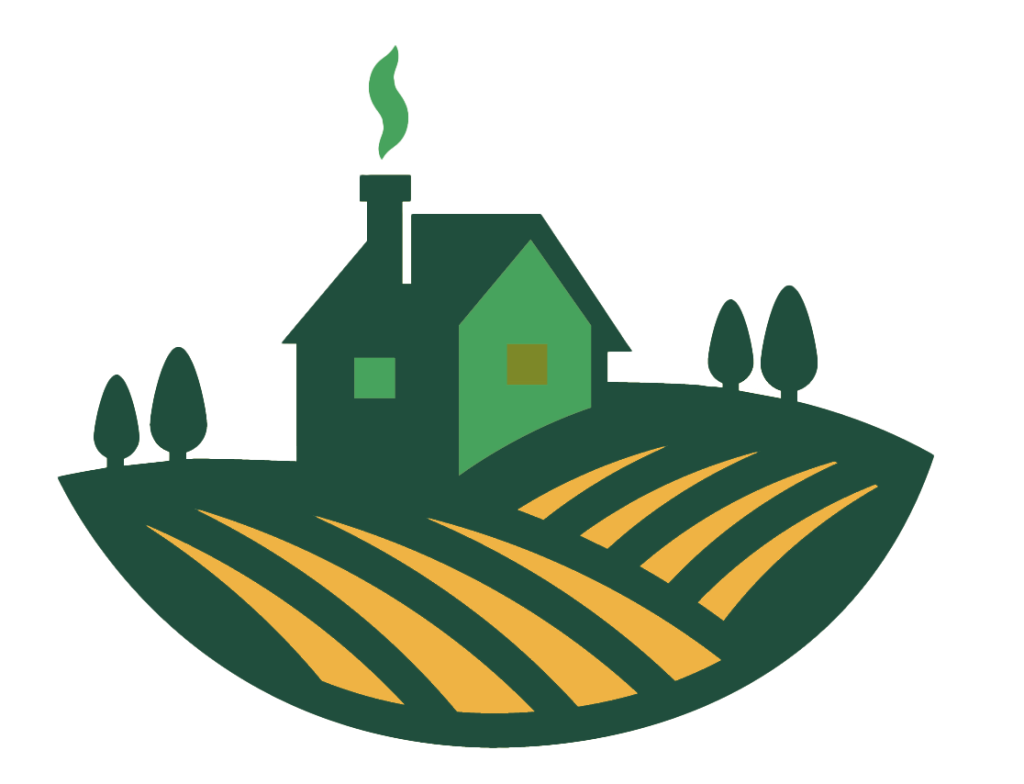
I’ve got some great news for all you home gardeners out there! If you’re looking to maximize your garden’s productivity and keep those pesky pests at bay, then you’re in the right place. In this article, I’ll be sharing with you the top 13 home garden crop rotation techniques. Trust me, these techniques will revolutionize the way you garden. So, get ready to unleash your inner green thumb and watch your garden thrive like never before!
Rotating Crops by Plant Families
I rotate my crops by plant families to ensure proper nutrient balance in my home garden. This technique, known as rotating crops by plant families, is an essential aspect of companion planting and maintaining crop diversity. By grouping plants together based on their families, I can effectively manage pests and diseases while promoting healthy soil conditions. Each plant family has specific nutrient requirements and is susceptible to certain pests and diseases. By rotating crops within the same family, I can prevent the buildup of pests and diseases that target specific plant families. Additionally, rotating crops helps to break the cycle of soil depletion, as different plants have varying nutrient demands. This practice ultimately leads to healthier plants, increased yields, and a more sustainable and productive home garden.
Using Cover Crops for Rotation
To maximize the benefits of crop rotation, incorporating the use of cover crops is an effective technique for maintaining soil health and reducing weed growth. Cover crops are plants that are grown specifically to improve soil quality and provide various benefits to the garden ecosystem. The benefits of cover crops include adding organic matter to the soil, preventing erosion, suppressing weeds, and attracting beneficial insects. When selecting cover crops for rotation, it is important to consider the specific needs of your garden. Some common cover crops include legumes like clover and peas, which fix nitrogen in the soil, and grasses like rye and oats, which help to break up compacted soil. By carefully selecting the right cover crops for rotation, you can enhance soil fertility, improve plant health, and ultimately increase the productivity of your home garden.
Intercropping for Crop Rotation
One effective technique for crop rotation in home gardens is incorporating intercropping into your planting strategy. Intercropping involves planting different crops together in the same space, allowing for companion planting and increased crop diversity. Here are three reasons why intercropping is beneficial for crop rotation:
-
Pest control: By interplanting crops with different natural pest deterrents, you can reduce the risk of pest infestations. For example, planting marigolds alongside vegetables can repel harmful insects and attract beneficial ones.
-
Nutrient utilization: Different crops have varying nutrient requirements. Intercropping allows for efficient use of soil nutrients, as plants with different nutrient needs can share resources. For instance, legumes can fix nitrogen into the soil, benefiting neighboring crops that require nitrogen-rich conditions.
-
Space optimization: Intercropping maximizes the use of available space, allowing you to grow more crops in a smaller area. By combining plants with different growth habits, such as tall and short varieties, you can utilize vertical space effectively.
Incorporating intercropping into your crop rotation strategy promotes companion planting and enhances crop diversity, leading to healthier plants and increased yields.
Implementing a Three-Year Rotation Plan
When it comes to implementing a three-year rotation plan in your home garden, there are several key points to consider. First and foremost, crop rotation is essential for maintaining soil health and fertility. By rotating crops, you can prevent the depletion of nutrients and reduce the risk of soil-borne diseases and pests. Additionally, a well-planned rotation can optimize yield and ensure a diverse and nutritious harvest for years to come.
Crops and Soil Health
I implement a three-year crop rotation plan to optimize soil health and maximize crop yields in my home garden. Crop rotation offers numerous benefits for organic gardening techniques and overall soil health. Here are three key advantages of implementing a three-year rotation plan:
-
Disease and pest management: By rotating crops, I disrupt the life cycle of pests and diseases that may have established in the soil. This reduces the risk of infestations and helps maintain the health of my plants.
-
Nutrient balance: Different crops have varying nutrient needs. By rotating crops, I ensure that the soil is not depleted of specific nutrients. This helps maintain a balanced nutrient profile and prevents nutrient deficiencies or excesses.
-
Weed control: Crop rotation can help suppress weed growth. By planting different crops each year, I disrupt weed life cycles and reduce weed populations. This minimizes competition for resources and makes weed management more manageable.
Implementing a three-year rotation plan is a practical and effective way to improve soil health, enhance crop productivity, and promote sustainable gardening practices in my home garden.
Pest and Disease Control
To effectively manage pests and diseases in my home garden, I rely on a carefully implemented three-year crop rotation plan. By rotating my crops, I can disrupt the life cycles of pests and diseases, reducing their impact on my plants. Additionally, I incorporate natural pest control and organic disease prevention methods to further protect my garden.
Here is a table showcasing a three-year crop rotation plan that I follow:
| Year 1 | Year 2 | Year 3 |
|---|---|---|
| Legumes | Brassicas | Solanaceae |
| Alliums | Umbellifers | Cucurbits |
| Root Vegetables | Leafy Greens | Potatoes |
| Fruiting Vegetables | Alliums | Legumes |
| Brassicas | Solanaceae | Umbellifers |
In the first year, I grow legumes to fix nitrogen in the soil. The second year, I plant brassicas to help control pests like cabbage worms. And in the third year, I choose solanaceae crops to combat nematodes. By following this rotation plan and incorporating natural pest control and organic disease prevention methods, I am able to maintain a healthy and productive home garden.
Optimal Yield and Nutrition
Implementing a three-year rotation plan in my home garden ensures optimal yield and nutrition by diversifying crops and promoting soil health. Crop rotation benefits go beyond just pest and disease control. Here are three techniques that can help maximize yield and nutrition in your garden:
-
Crop Diversity: Rotating crops from different plant families helps prevent the buildup of pests and diseases specific to a particular crop. It also ensures a balanced nutrient intake for plants, as different crops have different nutrient requirements.
-
Nitrogen Fixation: Including leguminous crops in your rotation plan can help fix nitrogen in the soil. Legumes have a symbiotic relationship with bacteria that convert atmospheric nitrogen into a usable form for plants, reducing the need for synthetic fertilizers.
-
Soil Improvement: Rotating cover crops, such as clover or buckwheat, can improve soil structure, increase organic matter, and suppress weeds. These cover crops also attract beneficial insects and provide habitat for soil microorganisms, contributing to a healthier soil ecosystem.
Incorporating Green Manure in Rotation
One effective technique for incorporating green manure in crop rotation is by using a single planting bed for each rotation cycle. Green manure refers to cover crops that are grown specifically for the purpose of improving soil fertility and overall soil health. By planting different types of green manure crops in a single bed during each rotation cycle, you can reap the benefits of improved soil structure, increased organic matter, and enhanced nutrient availability. Some common types of green manure crops include legumes like clover and vetch, which fix nitrogen in the soil, as well as grasses like rye and oats, which help prevent weed growth and erosion. Incorporating green manure in your crop rotation not only improves the health of your plants but also reduces the need for synthetic fertilizers and pesticides, making it an eco-friendly choice for home gardeners.
Utilizing Sequential Planting for Rotation
Utilizing sequential planting for rotation, I found it beneficial to stagger the planting of different crops throughout the growing season. This technique, known as succession planting, helps to maximize the use of space and nutrients in the garden while minimizing the risk of pests and diseases. Here are three key strategies I have employed:
-
Plan crop variety selection carefully: Choose crops that have different nutrient requirements and growth habits. This will ensure that the soil is not depleted of specific nutrients and that the plants are not overcrowded.
-
Follow a strict planting schedule: Determine the optimal time to plant each crop based on its specific requirements. By spacing out the planting dates, you can harvest crops at different times and maintain a consistent rotation cycle.
-
Use quick-maturing crops: Intercropping quick-maturing crops with longer-season varieties allows for multiple harvests in a single growing season. This maximizes productivity and ensures a continuous supply of fresh produce.


